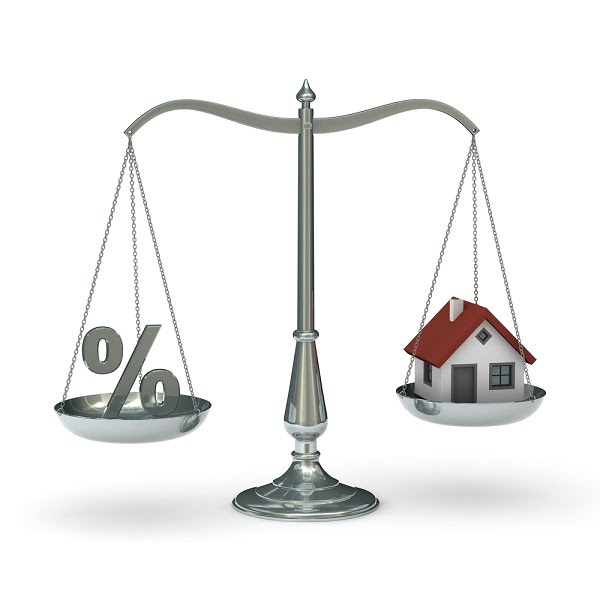
The toughest decision to make while going for a home loan is deciding on which interest rate to prefer. As we know, Fixed rate has a constant interest rate during the whole loan period or fixed for certain number of years where as Flexible rate changes periodically with respect to the market. But there are pros and cons for both of them.
Fixed Rate :
Pros:
It is usually preferred when an individual doesn't want to face any kind of financial risk.
It varies very little from lender to lender.
It is easy to understand.
Cons:
The interest rate would be higher when the market is on a higher trend, then..
the qualifying will be tough,
they will be less affordable, and
the same higher rate remains, for the whole loan period, even when the market is on down trend or stable.
For example : Akshay bought a home for 50 lakhs. Out of 10 lakhs was payed as a down payment and 40 lakhs by a home loan. He took a home loan when the market is on the down trend and so, the interest rate is also lower, which is at 9%, ten years ago. Now the market is on the up trend, and the rates are higher. Akshay is saved from this financial risk of increase in the interest rates.
On the other hand, Abhinav bought a home for 50 lakhs. Out of which 10 lakhs was payed as down payment and 40 lakhs by a home loan. He took a home loan when the market is on higher trend and so,the interest rate is also higher, which is at 11%, interest ten years ago. Now the market trend is stable and little on the lower trend, so the interest rate is 9%. But since the interest rate is fixed, Abhinav is paying 2% extra.
So, when opting for a fixed rate as interest rate, take a wiser decision by knowing the trends of the market. This effects the number of years you are paying the home loan. Clever decision might increase to a decade or even reduce to half a decade.
Note : Even fixed rates undergo changes after a certain time interval. It varies according to the individual lender.
Flexible or Adjustable Rate :
Pros :
Flexible rate, initially is set a little lower than that of the fixed rate.
Depends on repo rate.When RBI increases the repo rate the interest rate would also be increasing. Moreover, this interest rate hike will not be for the entire tenure of the loan. Say you took a loan for 15 years. Over such a long time frame, interest rates are bound to fall.
Ceiling, i.e., this is the highest interest rate that the adjustable rate is permitted to become during the life of the loan.
Cons :
It is complicated.
The monthly payment may change frequently over the period of the loan. Usually it is for every quarter, but it depends on the individual lender. For e.g., ICICI bank reviews it for every quarter.
With the change in the interest rate, you either have to change the monthly payment or change your tenure. i.e., if the monthly payment is constant then the tenure increases and vice versa.
Have to make a note of the review date.
Influence of Repo rate on flexible rate :
Repo rate is the rate at which the RBI lends money to the financial institutions. So when there is a change in the repo rate, there will be a change in the interest rate. If there is an increase in the repo rate, i.e., the banks have to pay more interest, then they charge more from the customers, which increases the interest rate.
For example : Akash took a home loan of 50 lakhs with flexible interest rate of 9% when the fixed rate was 10.5%. Now there is a review of the rates every quarter. The revised rates are sent to Akash. It says, december - 9%, march - 9.05%, july - 9.15%, october - 9.01%, So, we observe a frequent change in the interest rate. This is depended on the market trend and the repo rate. But the flexible rate did not reach the fixed rate. Infact, it is very rare that the flexible rate would have drastic changes.
As observed, there are pinholes in both the cases and also true advantages. Hence, regardless of the type of the loan that we select, we have to chose carefully to avoid costly mistakes.

No comments:
Post a Comment